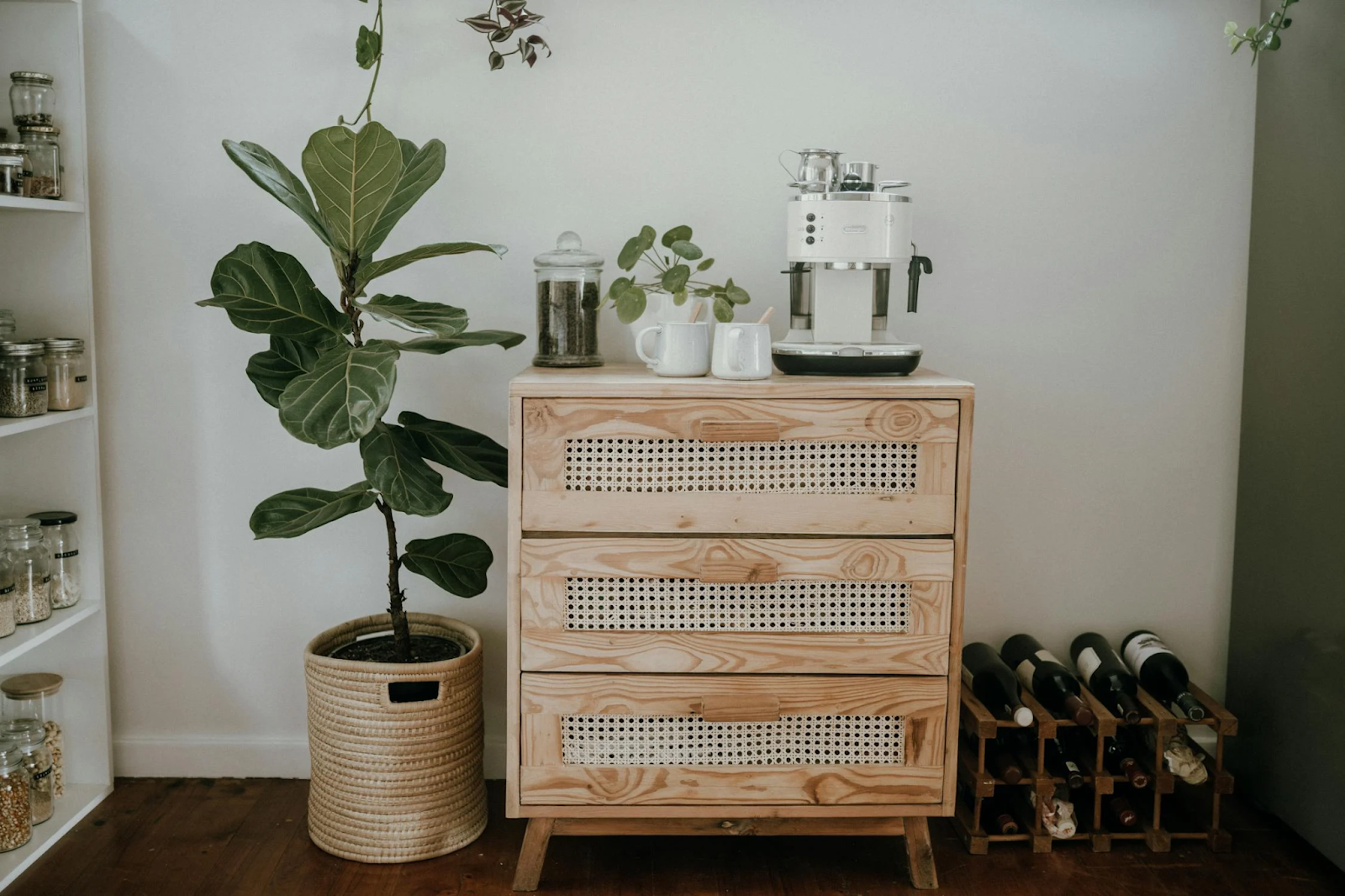Our home environments can have a major bearing on our moods and mental health. While a relaxing, tranquil retreat or an uplifting, bespoke base can lift us and make us feel happy and secure, a house that doesn’t feel like a home can stifle mental well-being. If you crave serenity, this guide contains simple steps to make your home feel like a sanctuary.

Choose soothing colors
Colors have visual impact, but they also affect how we feel. When you look at a color chart during the process of choosing new paint shades, it’s natural to focus on aesthetics and be led by your eyes. It’s important to choose colors you love, but it’s beneficial to consider both the look and the vibe you want to create. Some colors have a soothing, calming effect while others are energizing. If you’re keen to design tranquil, restful spaces within your home, it’s best to avoid bright tones and clashing patterns and opt for shades that induce relaxation. Blues, purples and greens are ideal for peaceful bedrooms and serene bathrooms. Neutrals and pastels also work well for spaces that celebrate downtime.
Add soft, cozy textures
Building a sanctuary is all about creating a home that makes your heart rate drop and your shoulders relax the moment you think about getting home or set foot through the door. Adding coziness is a brilliant way to make your home more welcoming and inviting and embrace a cocoon-like design. Adding made-to-measure curtains, rugs, blankets, cushions, and throws can transform a room from a shell or a cold, uninviting space to a nest that makes you feel content, calm and safe. You can choose from a range of fabrics, colors and styles to suit the aesthetic and feel of each room and cater to different seasons. Indulgent, heavy-weight materials, such as wool, velvet, and faux fur, are ideal for cozy living rooms and bedrooms during winter.
Bring the outside in
Studies show that spending time in nature is proven to boost mental well-being. Our homes are predominantly indoor spaces, but that doesn’t mean you can’t celebrate and benefit from the great outdoors. Bringing the outside in is a brilliant way to improve your mental health and create stunning rooms. Tips include adding plants and flowers, maximizing natural light, making the most of views by angling furniture towards windows and doors, using natural materials and fabrics, and blurring the lines between outdoor and indoor living. It’s also a great idea to consider quirky, statement-making features like indoor courtyards, water features, and living walls.
Declutter
Clutter impacts the look of rooms but it can also increase the risk of stress. Decluttering is an excellent way to keep your home tidy, maximize living space, and celebrate the beauty of each room.

Our homes can have a significant impact on our mental health. If you crave a retreat to escape to after long, busy days at work, there are some simple ways to turn your house into a sanctuary. Examples include choosing a soothing color palette, adding coziness with soft furnishings, bringing the outside in, and decluttering.
MindOwl Founder – My own struggles in life have led me to this path of understanding the human condition. I graduated with a bachelor’s degree in philosophy before completing a master’s degree in psychology at Regent’s University London. I then completed a postgraduate diploma in philosophical counselling before being trained in ACT (Acceptance and commitment therapy).
I’ve spent the last eight years studying the encounter of meditative practices with modern psychology.

